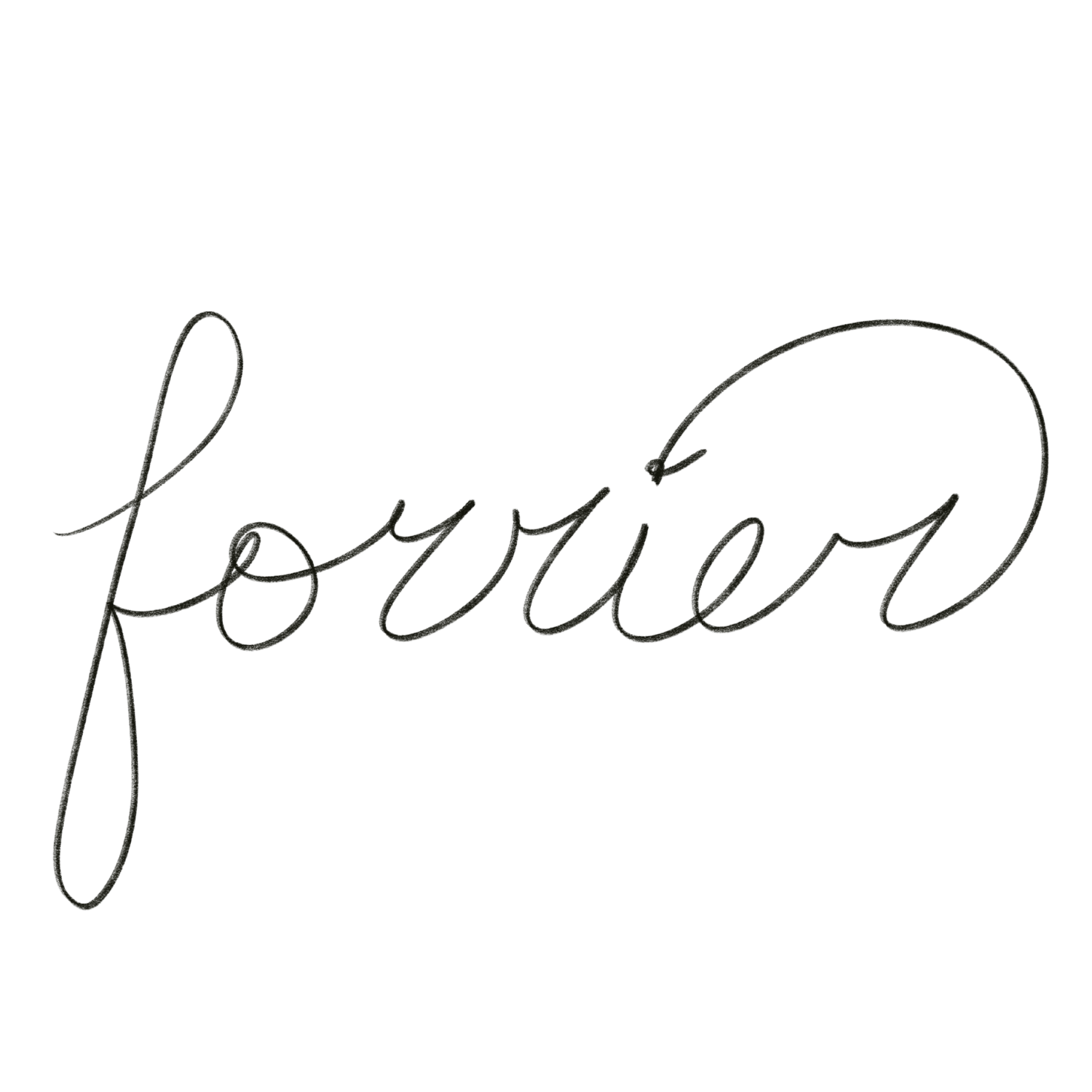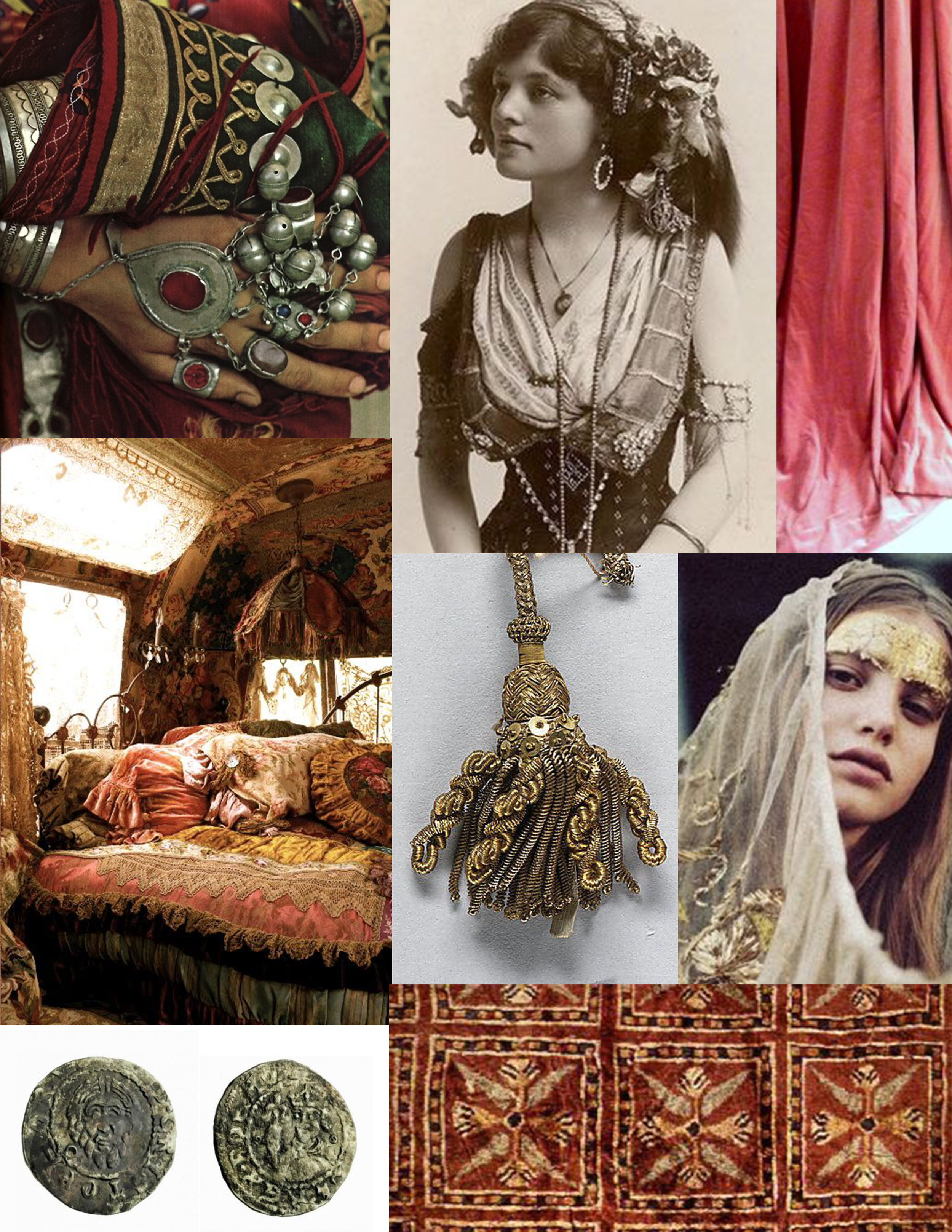Bohemian
Over the last few years of being in this business we've seen trends come and go, some stick around longer than others. Like the fashion world the wedding world starts the design process small with a word, a mood, an image, a feeling, a taste a carefully curated and crafted idea. These ideas are not always excepted, they my take a while to catch on and people may scoff at them but it only takes a famous face or a daring photographer to cause the next phenomenon.
This year I ran into the word "Bohemian" often. Many brides used this word to describe their theme or mood on our inquiry forms. I sat down a few times to start my design process and this word kept stumping me, I realized I didn't really know what the word meant. Now it's a term so loosely used, it describes clothing, a way of living, jewelry and weddings. Our goal as business owners is to always try our hardest to stay authentic, to stay relevant and true. So in order to understand this term "Bohemian" and to educated myself I started a quest. Bare with me, I like history.
Let's start with definition from The American College Dictionary "a person with artistic or intellectual tendencies, who lives and acts with no regard for conventional rules of behavior."
In the 5th & 6th centuries there was a country called Bohemia. Bohemia was a country in central Europe bounded by Austria, Bavaria, Saxony and Lusatia, Silesia and Moravia or now known as The Czech Republic. These people thrived and traded during a period called the Iron Age. These people had a localized set of beliefs and an artistic culture, in modern words they were free spirits, they ran their country the way they best saw fit
Image Cited From Pinterest.
Fast forward a bit to Paris during the Industrial Revolution, think Moulin Rouge. The Romani people group or more commonly known as "gypsies" started to immigrate to Paris. These people were believed to be from Bohemia, thus the word Bohemian comes into play. In the 19th century the word Bohemianism became coined and was used to describe the non-traditional lifestyle of artists, writers, musicians, actors and journalist. These people willingly chose to live in poverty to pursue their art and desired way of life, they exercised free love and had un-established political and social views. This idea became popularized with this artist crowd in France, they moved into the lower income gypsy quarters of Paris to focus on art and live a true Bohemian lifestyle.
As the Bohemian way of thinking and life spread to America it became modernized and on it's way to acceptance. It became an expected way of life for the artist community. During The Civil War newspaper reporters who traveled to small communities and cities to report on how the war was affecting the lives of the people in them picked up the name Bohemians. Mark Twain called himself a Bohemian as well. He and a few other writers and poets who gathered together to discuss cultural pursuits called themselves The Bohemian Club. The poet George Sterling was also a member and he wrote, "Any good mixer of convivial habits considers he has a right to be called a Bohemian. But that is not a valid claim. There are two elements, at least, that are essential to Bohemianism. The first is devotion or addiction to one or more of the Seven Arts; the other is poverty. Other factors suggest themselves: for instance, I like to think of my Bohemians as young, as radical in their outlook on art and life; as unconventional, and, though this is debatable, as dwellers in a city large enough to have the somewhat cruel atmosphere of all great cities"
As the years stretch on, as trends and people come and go the word Bohemian is continually used to describe the artist community and culture. For those who truly are Bohemians it's a way of life, just like being religious might be. It's a free way of thinking, expressing and loving by all means. It's the backbone of the artistic world in a way.
To me it is so interesting that we as a people can take what was originally just a country in the 6th century and turn it into a people group, an art and culture movement, a club name, a way of life, a statement and now a fashion and wedding trend.
Personally I'm so inspired by the knowledge and authentic history of the word. I'm planning on doing some more research and hoping to discover more about the Romani people and their wedding culture. If you haven't watched my Big Fat Gypsy Wedding, do yourself a favor and sit down for an hour and do so. You won't believe the weddings that this community of modern Gypsies put on. It's like woah.
For a long time I had a board on our Pinterest called Bohemian Wedding. After I did this research I took the time to re-do it. Here's the link and here are a few images that we are currently loving.
Cheers,
A
All Images Cited From Pinterest.


